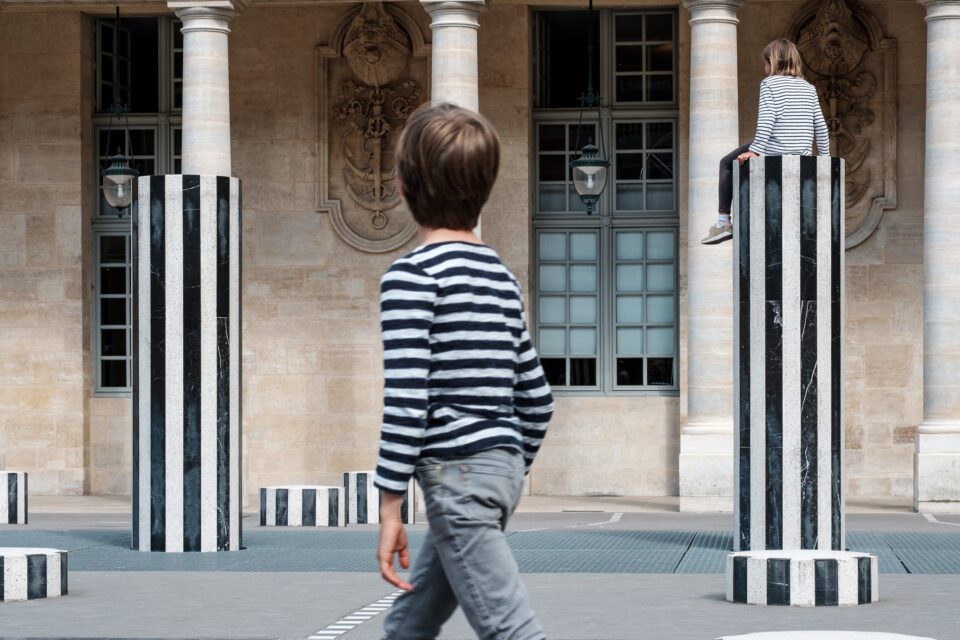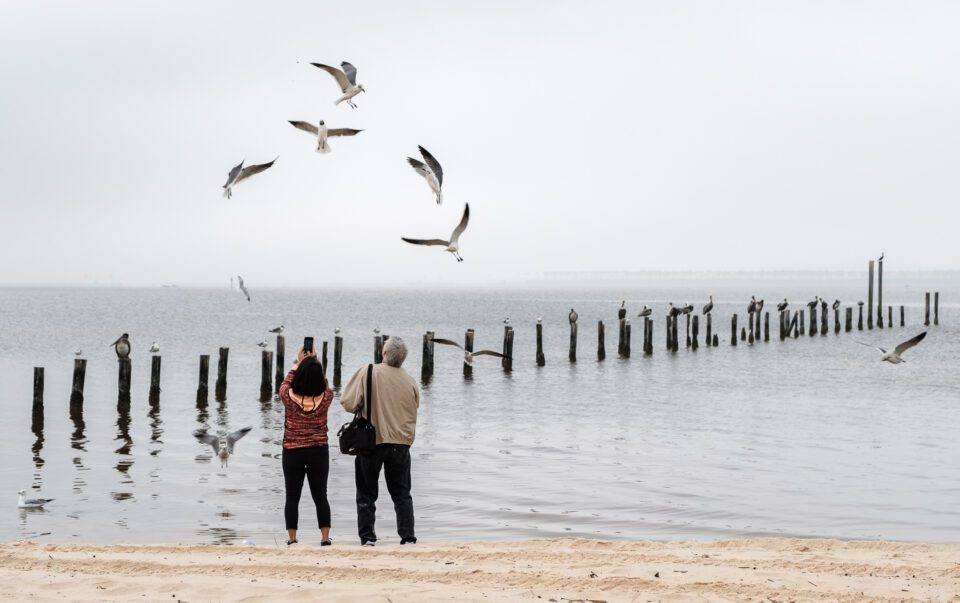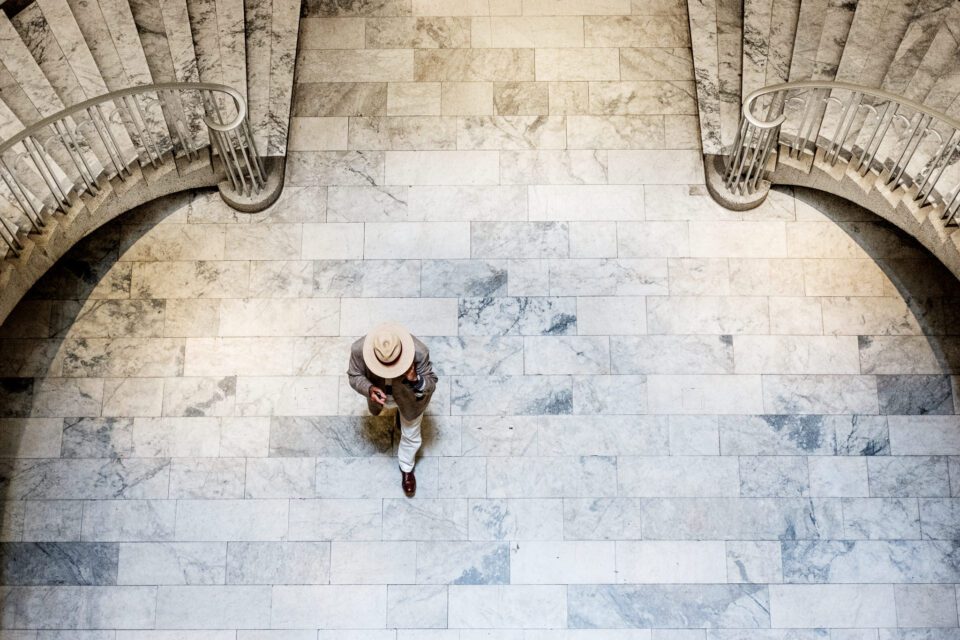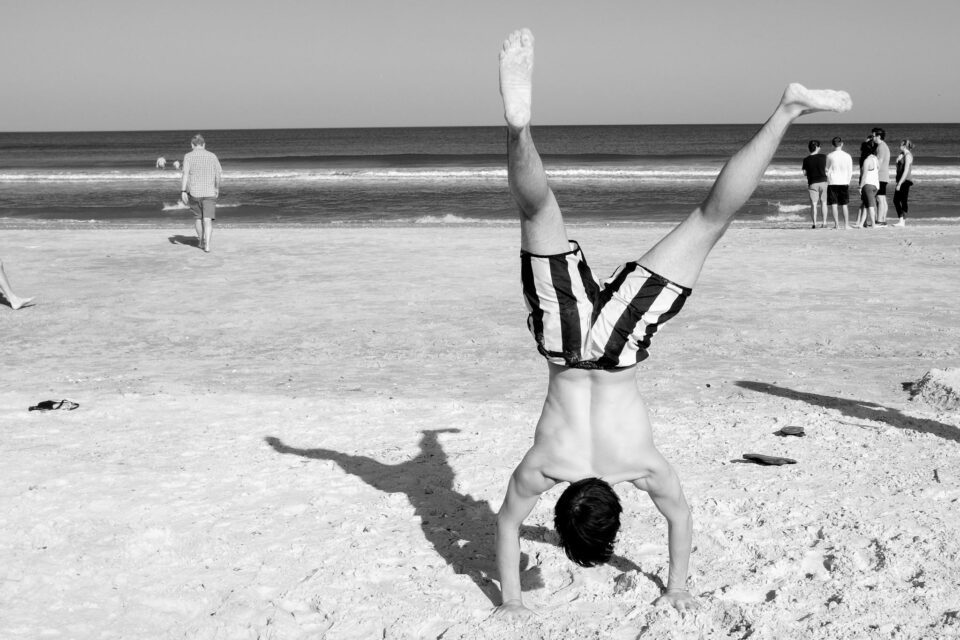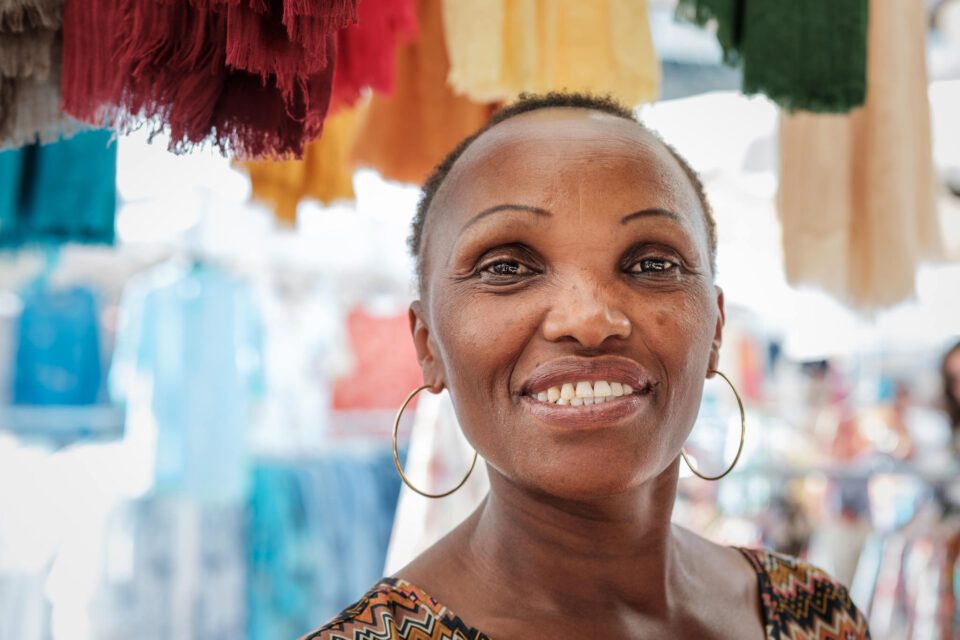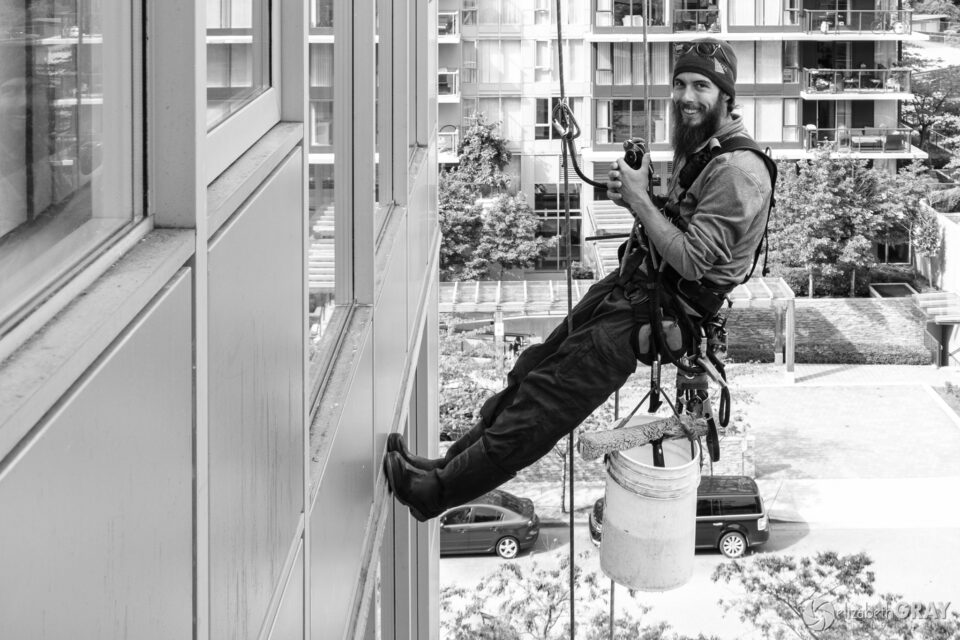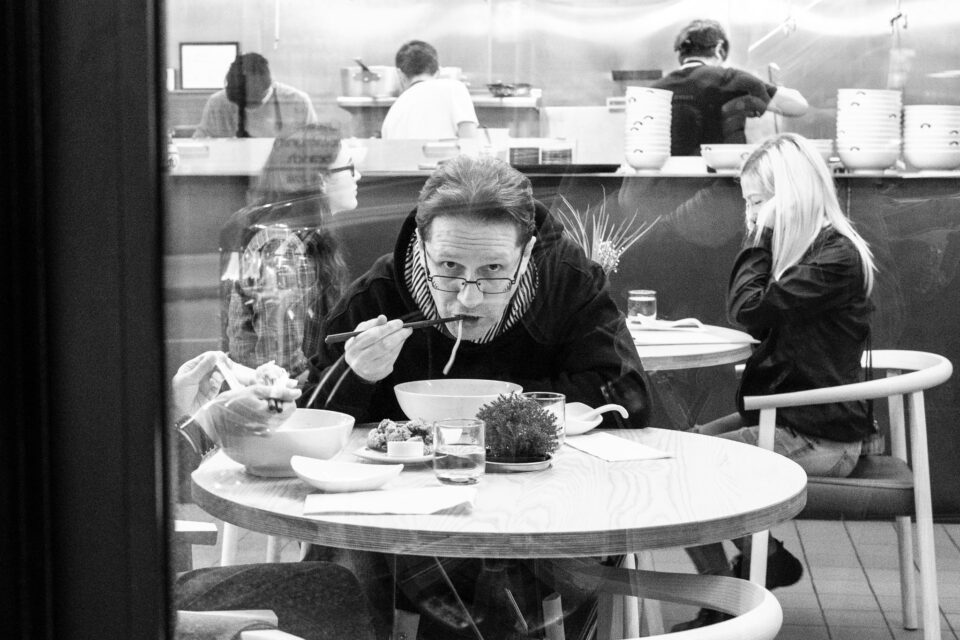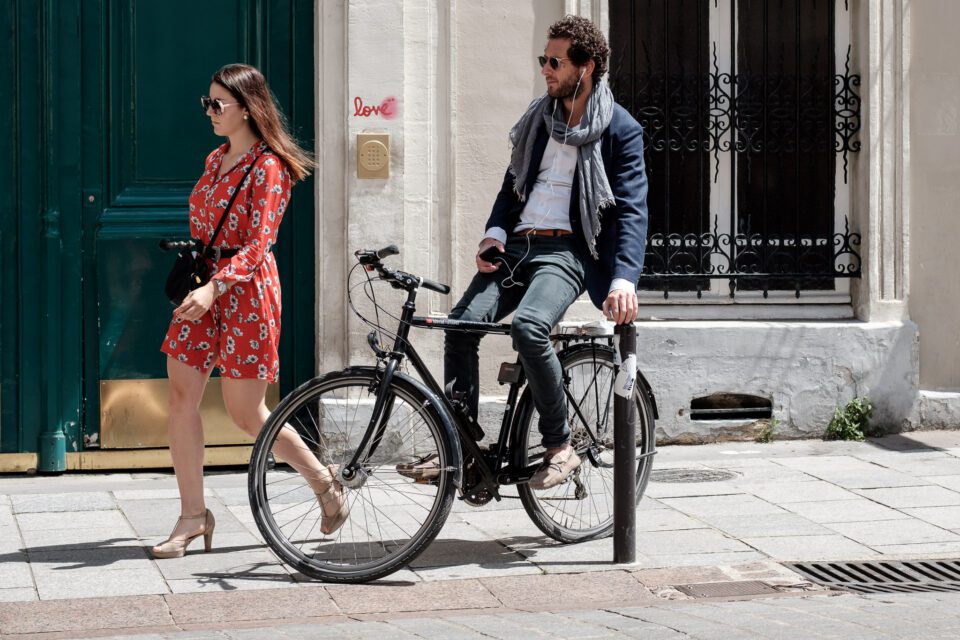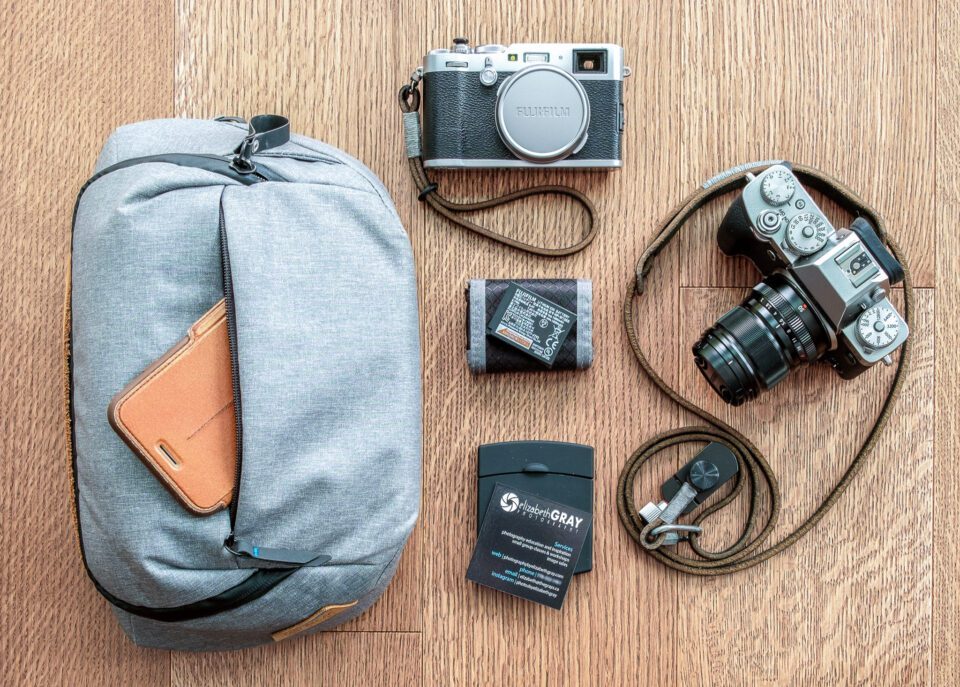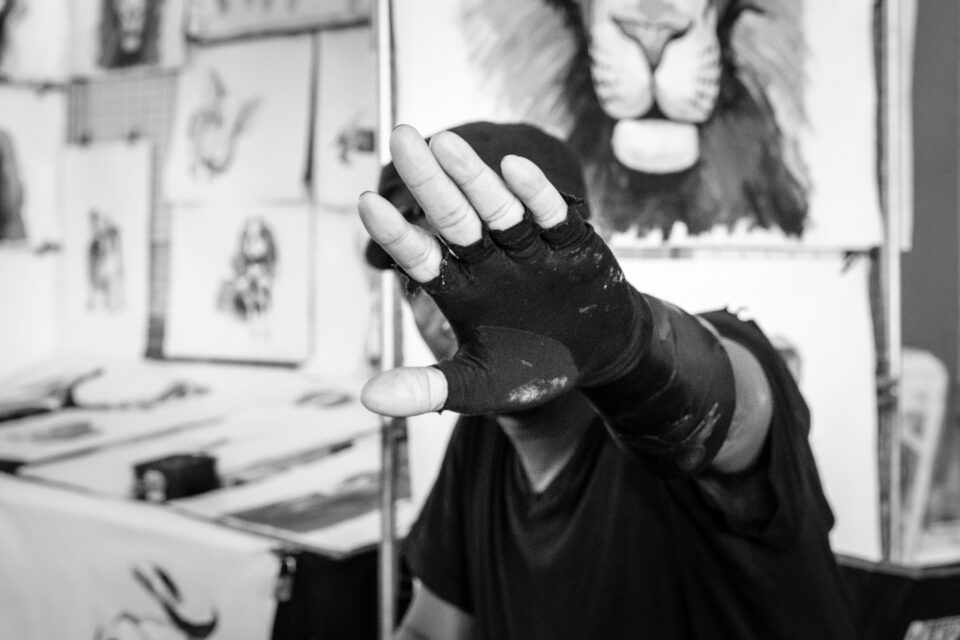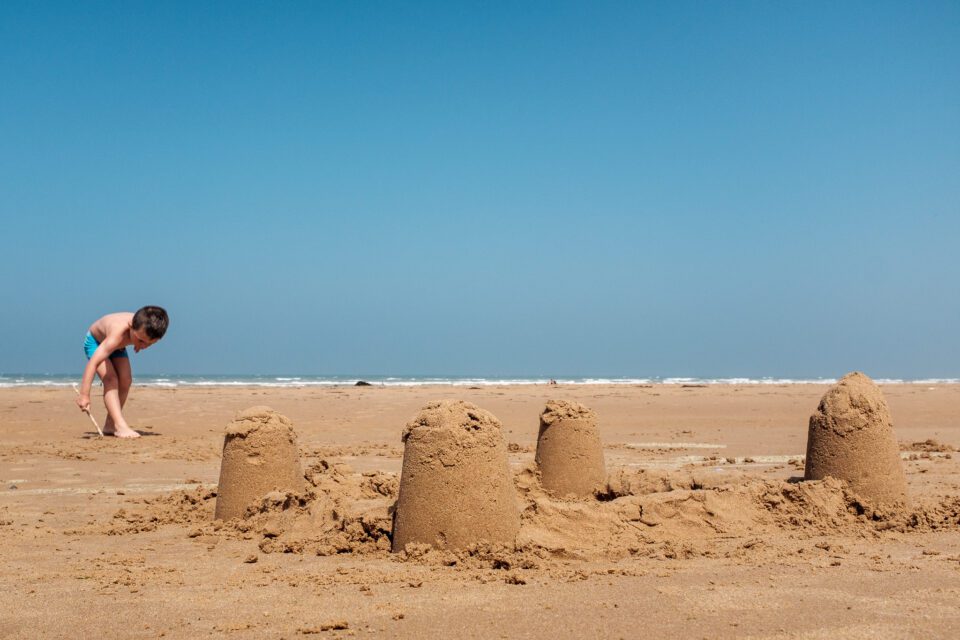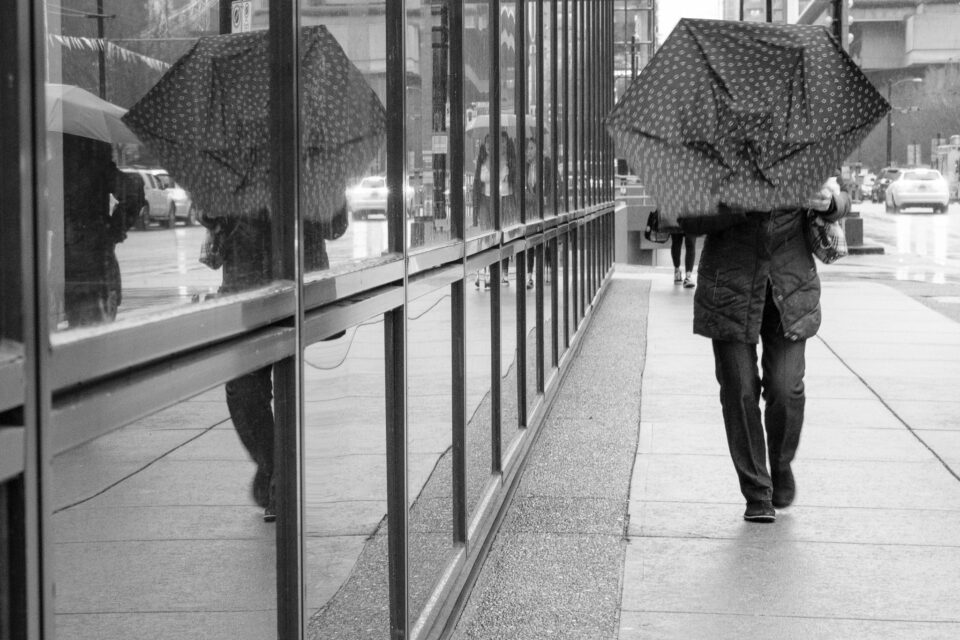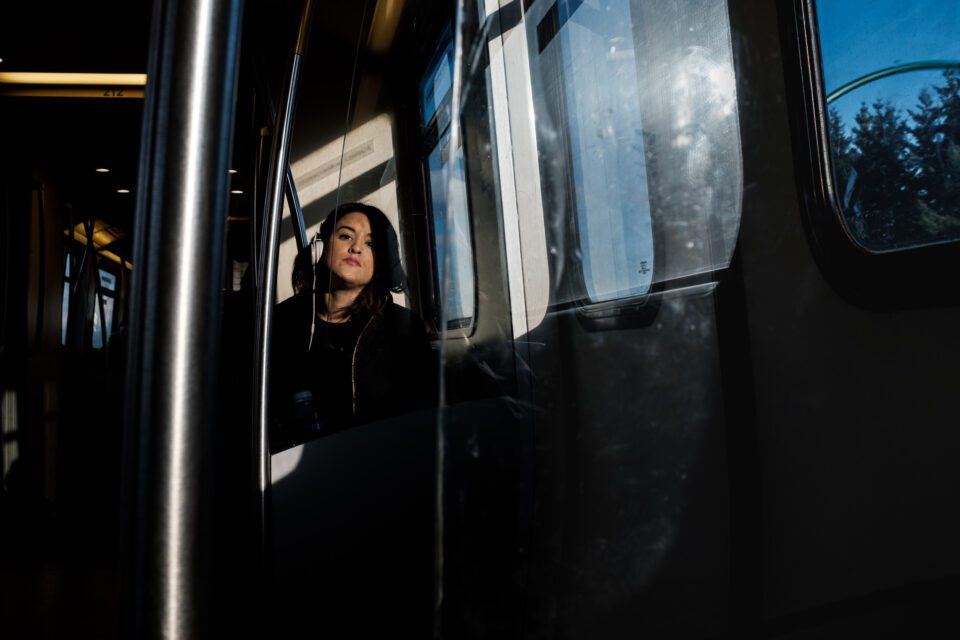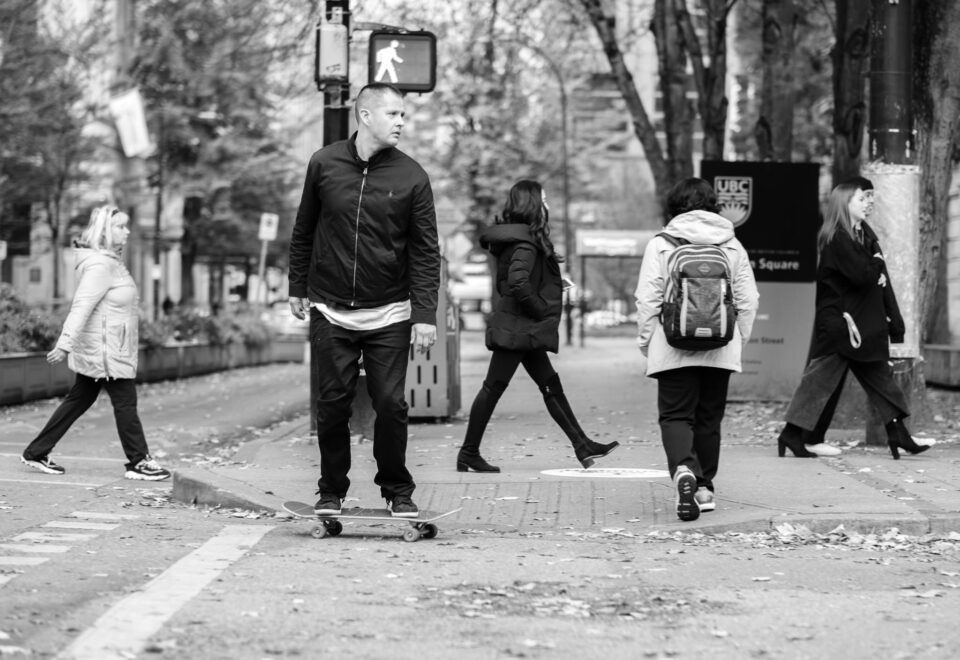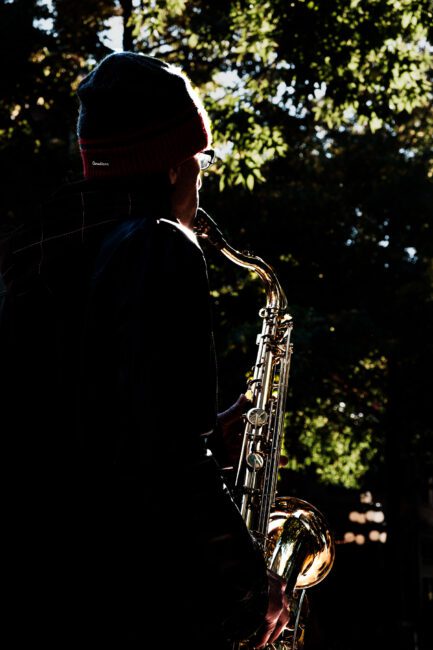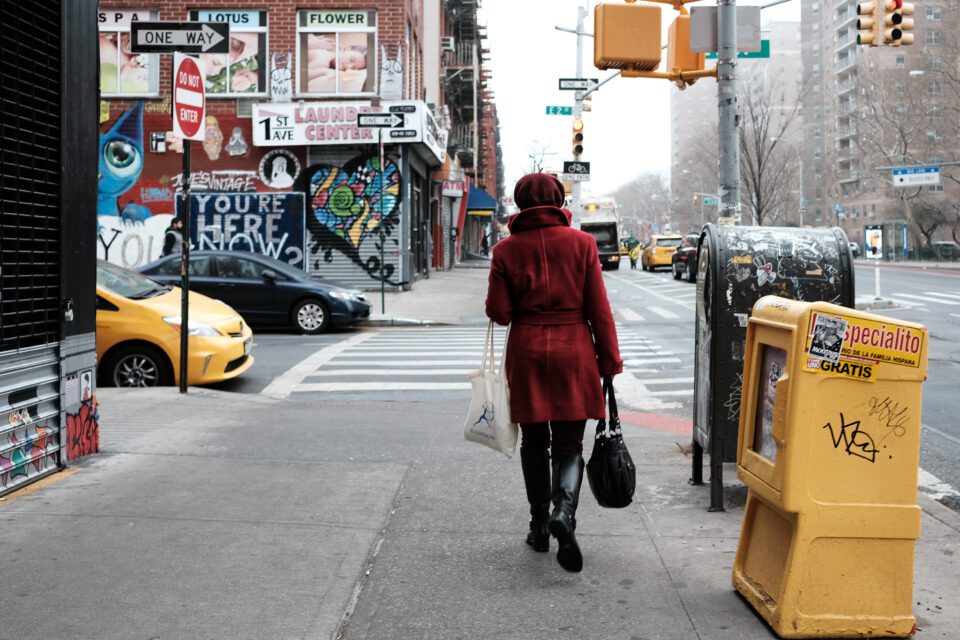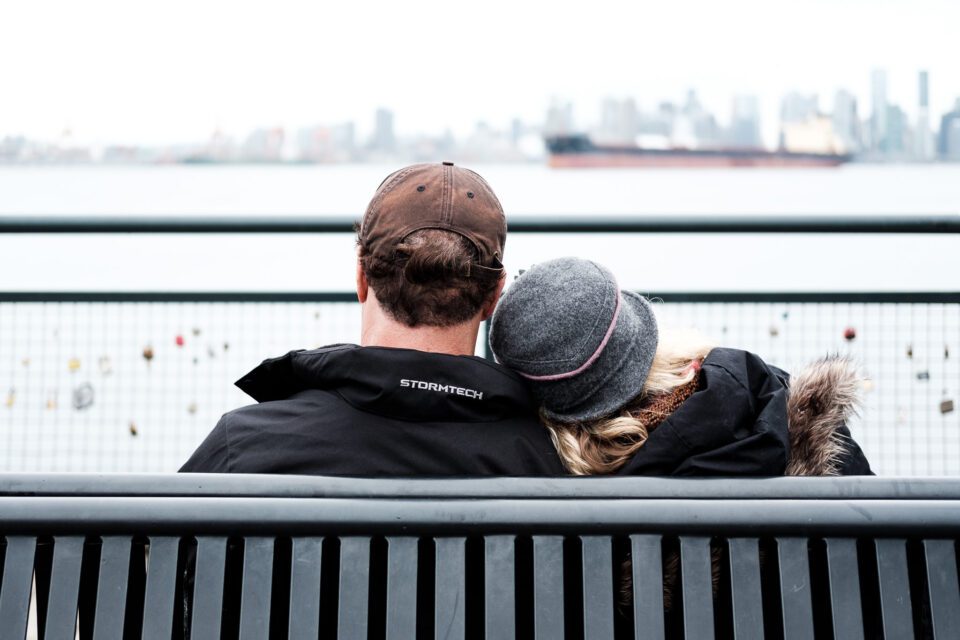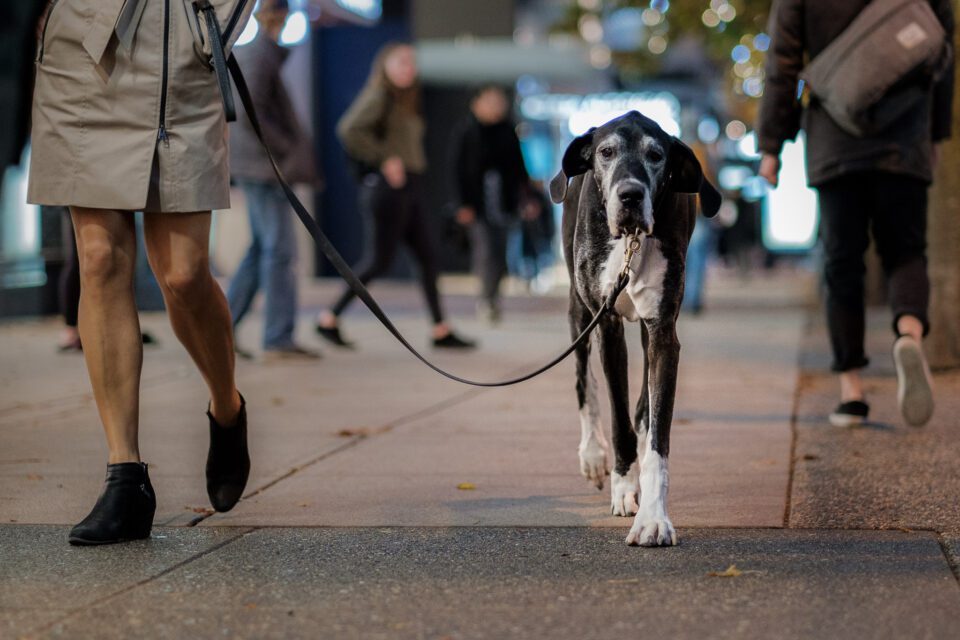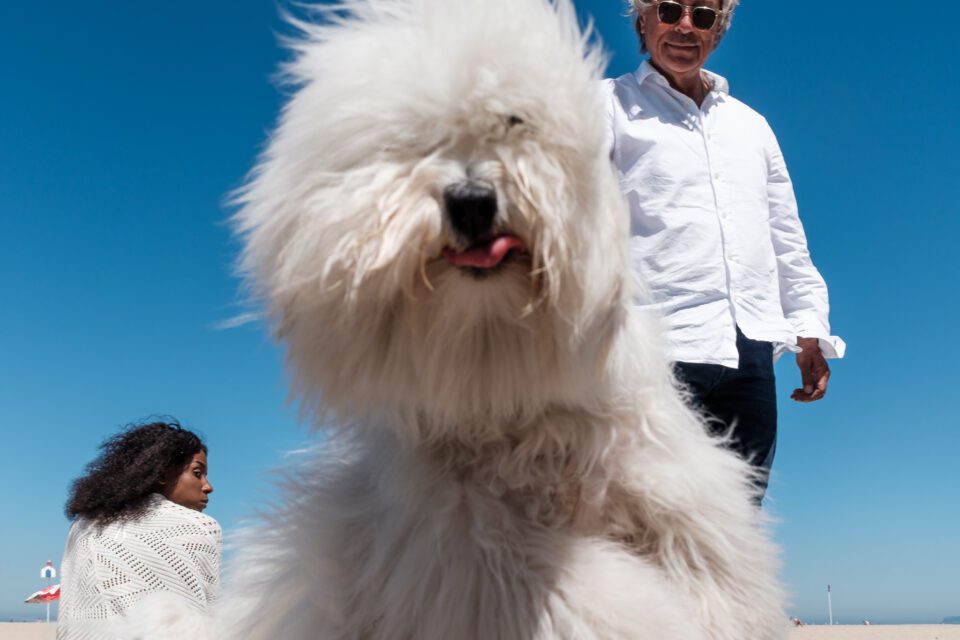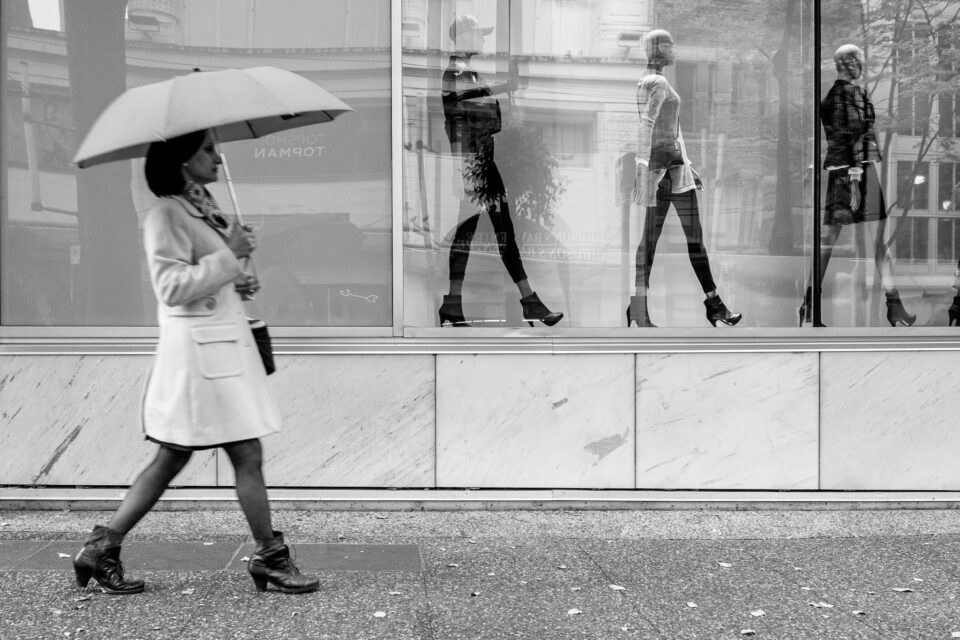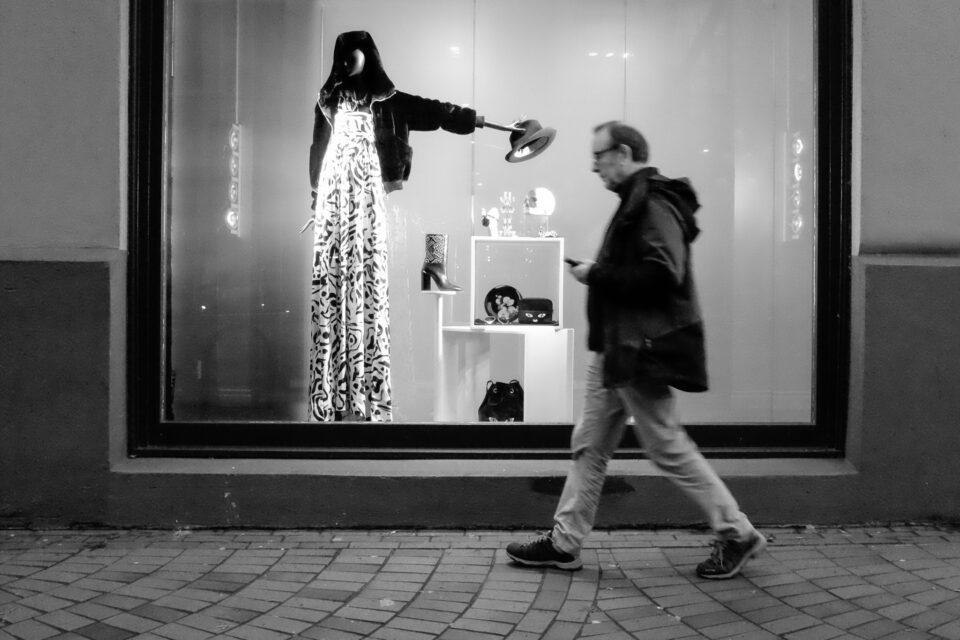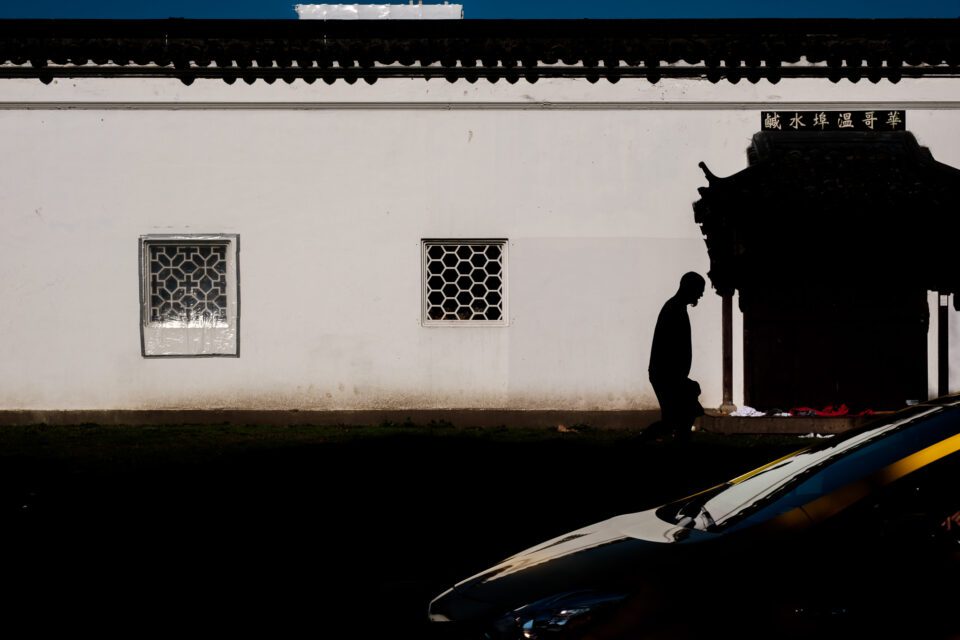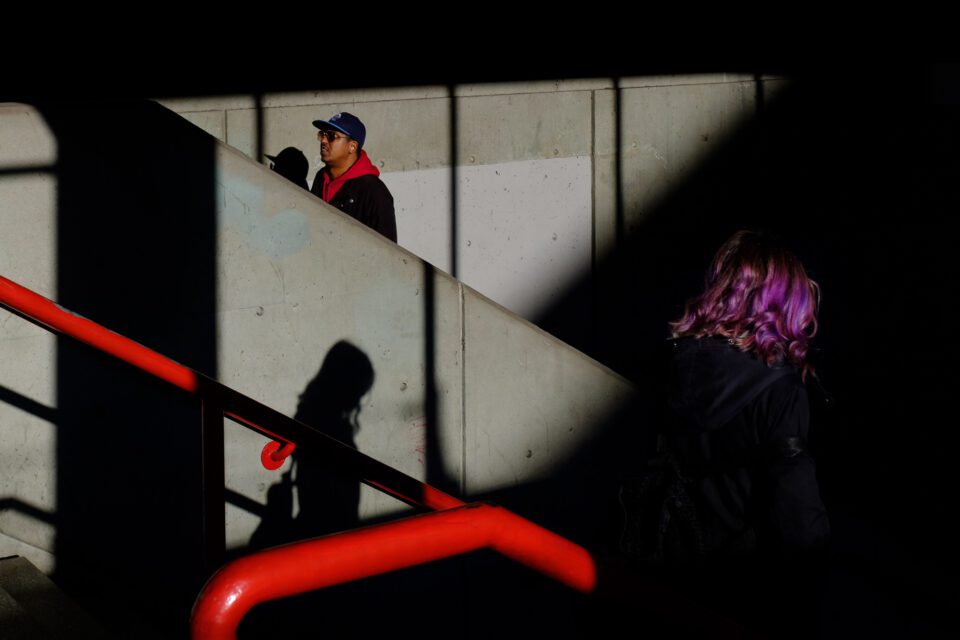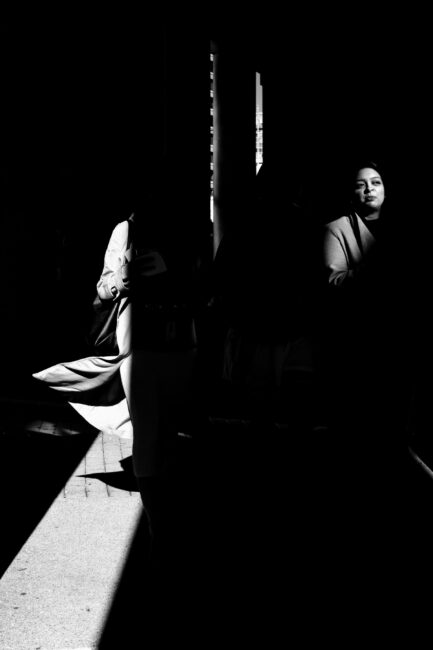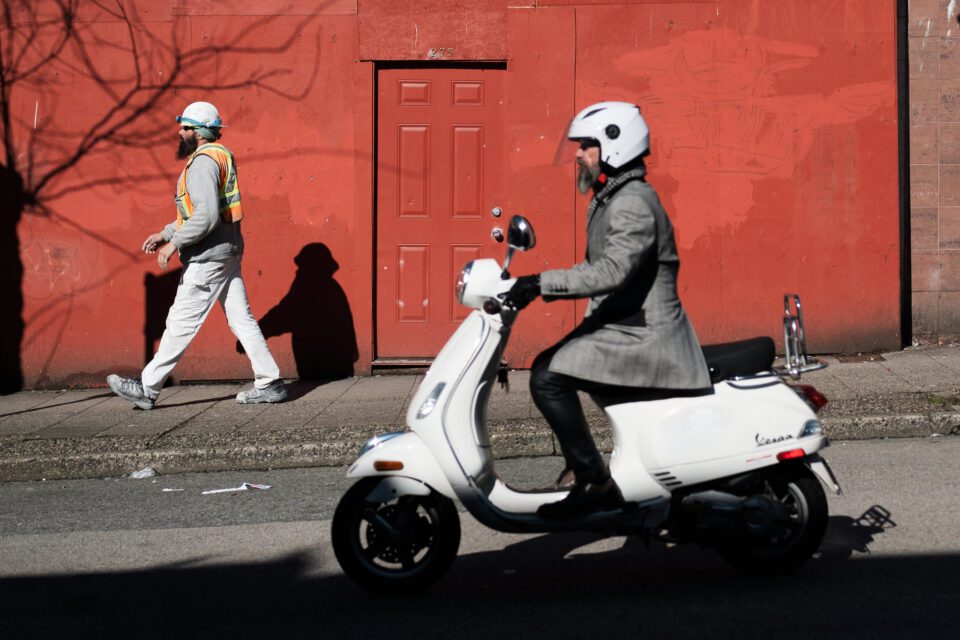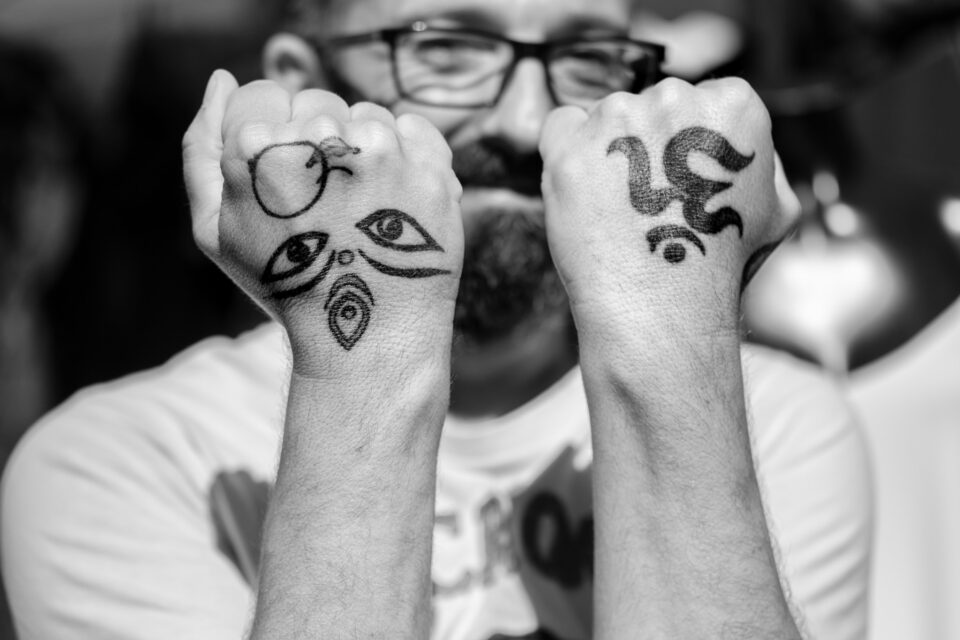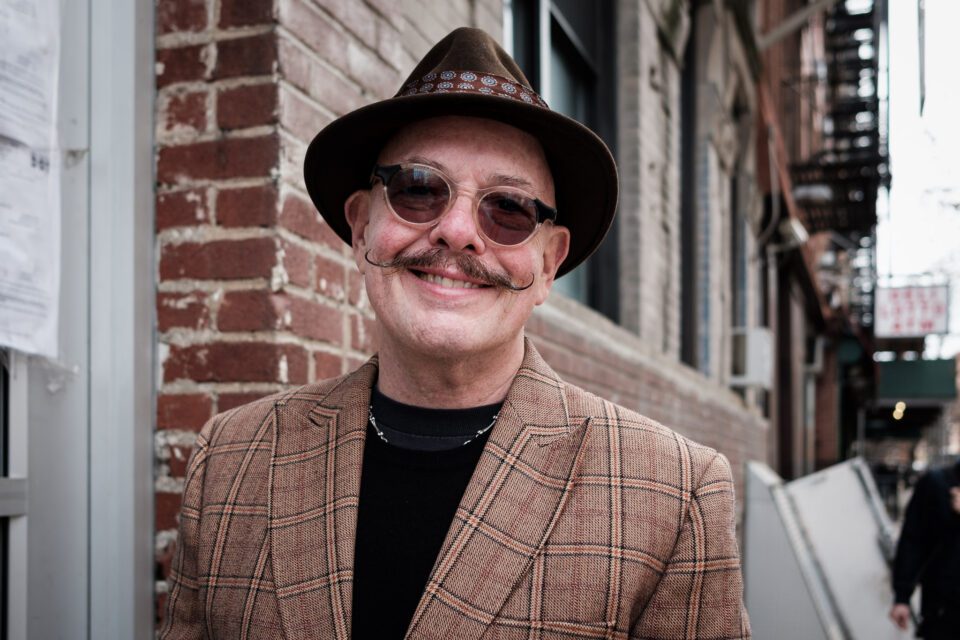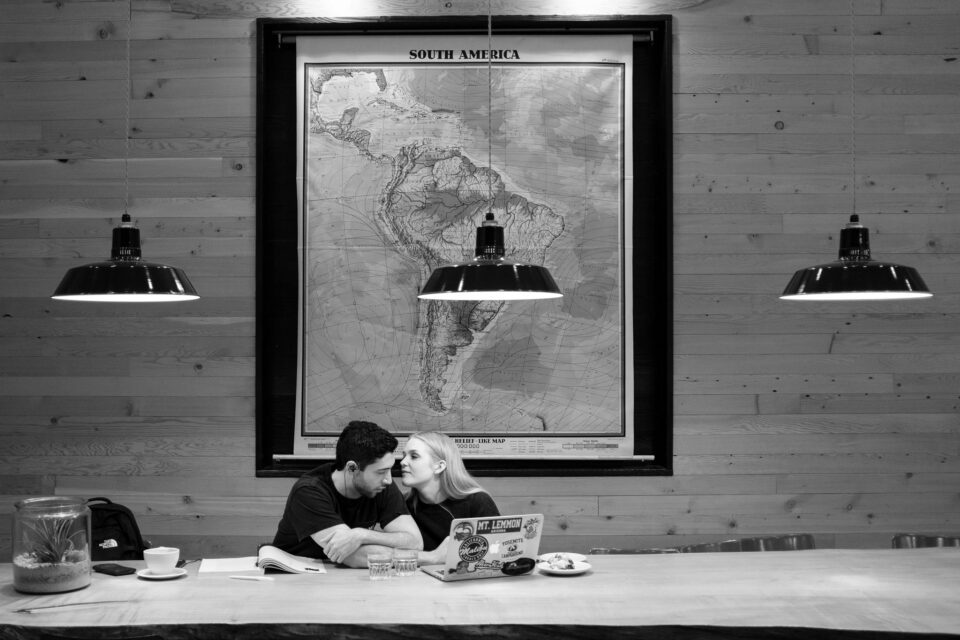Street photography is one of the most challenging but at the same time one of the most rewarding genres of photography. Documenting people in their everyday environment is not easy – it requires patience, hard work and sometimes even some bravery to be able to approach and photograph complete strangers. In this article, we will take a close look at what street photography is, how it differs from other genres of photography and provide some helpful tips to get you started.
Over my photographic journey, I have shot wildlife, travel, landscapes, and even some sports. However, for me, street photography is the most challenging and satisfying genre. Why? Because street photography requires patience, persistence, and luck, like in wildlife photography.
You need to have quick responses and react intuitively as you would shooting sports. Just like travel photography, you must master storytelling. And also, you must be able to thoughtfully and creatively compose a compelling shot that draws in your viewer, just like in landscape photography. If you think you might be interested in this type of photography, read on.
What is Street Photography?
Wikipedia defines street photography as “photography conducted for art or enquiry that features unmediated chance encounters and random incidents.”
Typically, street photography is about candidly capturing life in public areas. And contrary to its name, street photography does not have to be done on the streets. You can do street photography anywhere.
For example, when I lived in small-town Mississippi, I spent a lot of time at the beach. On rainy days, I often gravitate to museums, coffee shops or even the mall. One of my favorite places to shoot is on public transportation. You can always find great subjects on buses and trains.
And, don’t discard rural areas. Even if you don’t live in a big city, that shouldn’t hold you back from starting your street photography adventures.
What Makes a Good Street Photograph?
Right now, social media is flooded with mediocre and subpar street photography. Just pointing your lens in the direction of a person on the street does not qualify as street photography. As in all photography, how you compose your image will make or break your photograph.
A good street photo needs a clearly defined subject. All the rules (and I use that word loosely) of composition, such as rule of thirds, leading lines, use of negative space, symmetry, frames, etc. still hold. Try and tell a story with your images. Create photographs where the viewer pauses and asks questions.
These are the signs of good street photography.
Do Street Photos Need People?
Whether or not street shots need people in them is up for debate. Sticklers say that all street photographs must contain people. However, I take a more laid back approach. While I believe that street photographs do not need people, they do need the suggestion that someone was there.
For example, shadows can be used to capture thought-provoking shots, even if you can’t see the humans casting them. I also like to photograph things left behind by people. These images leave the viewer wondering what the story is behind the discarded objects.
Is All Street Photography Candid?
Again, the sticklers out there will say “yes,” you must shoot street photography candidly. Still, I disagree. While some folks say that street portraits are another genre of photography, I lump them under the street photography umbrella.
A street portrait requires you to interact with your subject. Interacting with a stranger may strike fear into those just starting. However, I have met some fascinating people this way. I will talk more about getting over that fear in a bit.
Another type of non-candid street photography occurs when you make eye contact with your subject. Purists will say that eye contact takes away from the spontaneity of the moment, and thus alters the scene. I make it a rule never to initiate eye contact by hovering over a subject.
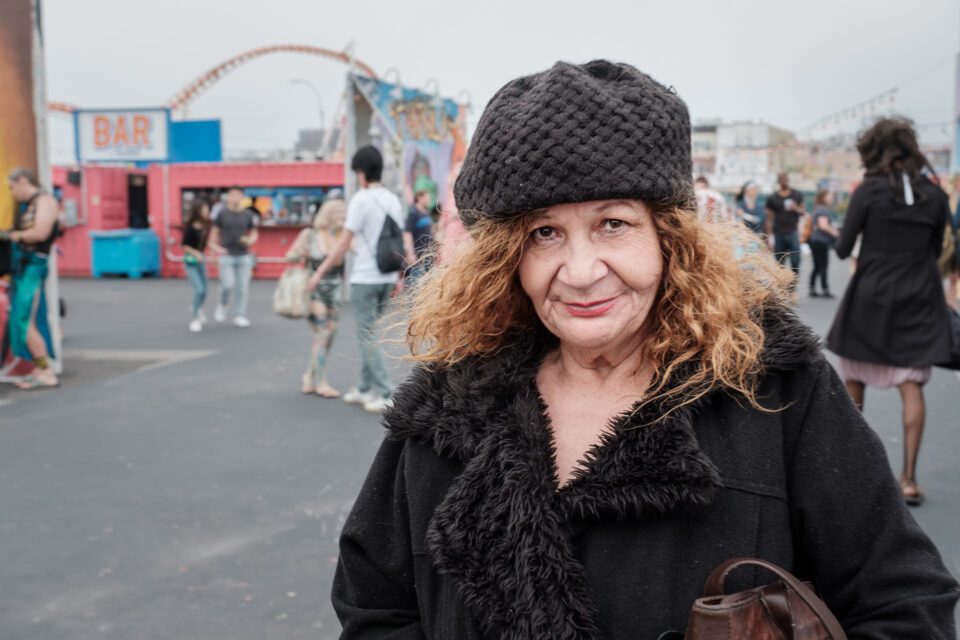
However, if my subject notices me and looks up just as I snap the shutter, I don’t disregard the shot. These chance encounters often add a bit of humor to the image. And eye contact often makes an image more intimate.
Camera Equipment for Street Photography
In terms of street photography, less is more. You want to become invisible when you are on the streets. Using a small camera makes this much easier to do.
Smaller camera systems are less obtrusive than big and heavy DSLRs. They are easier and less painful to carry around, especially when taking long walks. They also do not have the same psychological effect on people as big cameras – most people are used to seeing small cameras that look like a tourist point-and-shoot, so they do not feel as intimidated. Lastly, some mirrorless cameras have a silent shutter mode, where you won’t even hear the shutter firing. Those could be great for documentary-style photos and candids.
I like to use prime lenses. My favorite two focal lengths are 23mm and 50mm on my cropped sensor cameras. Prime lenses tend to be smaller than zooms. But more importantly, when you consistently use the same focal length, you become aware of what your frame will look like even before raising your camera to your eye. You learn where to stand to frame your subject. Action on the street can happen quickly. By taking the zoom variable out of the equation, you will be more prepared to capture fleeting moments.
When I’m out for a day of street photography I bring one small sling bag with me (the Peak Design 5L Sling). In it, I bring extra batteries, business cards, my phone and ID. If I’m using my Fujifilm X-T3 and 50mm f/2 combination, I carry it on a light-weight sling strap. When I shoot with my Fuji X100F, I use a wrist strap. I don’t ever bring extra lenses with me. That complicates the decision-making process. I zoom with my feet, usually get close to my subjects and don’t think about “what if” I had a different lens with me.
Comfortable shoes are almost as important as your camera gear! In a day of street photography, I can easily cover 10 to 15 kilometers. The last things I want are blisters and sore feet. I also dress to fit in. I don’t want to draw unnecessary attention to myself.
Code of Conduct
Taking photographs in public spaces is legal in “most” countries. In both Canada and the United States, this is true. If you are in a public area, you are well within your rights to take pictures. However, it is important to realize that even if you are shooting in a public space, you must exercise a reasonable expectation of privacy.
For example, photographing into someone’s bedroom window from the street is unethical, and probably illegal! If you are unsure, make it a point to do a bit of research to become familiar with local privacy laws where you will be shooting.
Respect and Smile
Respect goes a long way in street photography. If someone does not want their picture taken, apologize and find another subject. The streets are full of interesting people, and another is sure to come along shortly.
A smile works wonders. If someone notices you after you have captured an image of them, smile and nod a thank you. Most likely your subject will smile back, and you will both go on your way. I have never been asked to delete an image. But, if I were, I would certainly do so. No shot is worth a confrontation in my opinion.
In the image below, my subject noticed me just as I was pressing the shutter and shot up his hand in front of his face. I immediately lowered my camera and apologized. I then showed him the image I had captured, at which point he laughed and told me I could keep it!
Photographing Children
The ethics of photographing children is a tricky one. Parents get very protective of their kids. In order to avoid getting into an altercation with an angry parent, do not forget to get permission from them before photographing their children. This should be an absolute no-brainer.
If you see a great opportunity for an interesting photo that involves kids, ask for permission from their parents/guardians, and give them your contact information. Many parents will be grateful for the beautiful pictures of their children since they do not get to photograph them every day with professional equipment.
If you cannot see the parents or guardians around, my recommendation would be to conceal children’s faces in your composition. That’s what I sometimes do, although my preference is to always get approval first to avoid any potential conflict.
This past summer I was in Normandy, France. Now I do not speak any French. So when I noticed this young boy making a sandcastle, I motioned to the boy’s grandmother, pointed to my camera and then to her grandson. She was so excited and nodded yes right away. Then she ran up to the boy. The next thing I knew she was posing with the child and I was photographing both of them! We all had a good laugh. I was lucky enough to capture this candid shot after the family portrait!
Photographing the Less Fortunate
I make it a point not to shoot the homeless or those in compromised situations. For me, it is a case of putting myself in my subject’s place. If I were in their shoes, would I want to be photographed? If the answer is no, then the image is off-limits.
Street Photography Tips and Ideas to Get You Started
Photographing people close-up is a little different than photographing street architecture or doing documentary-style street photography. While the main reasoning behind street photography itself is to get away from posed, artificial and repetitive, photographing random strangers provides a great opportunity to work with raw beauty.
But it is a challenging task for many of us – those people on the streets are not your paying clients, they do not know who you are, and most of them do not wish to be photographed at all!
Without a doubt, photographing strangers can be a little intimidating at first. Here are a few tips to ease you into street photography.
Know Your Gear and Have the Right Settings
Before approaching people, it is essential to have the right settings in your camera. Remember that a moving subject is not going to wait for you to adjust your settings.
For street portraiture, aperture priority mode is pretty much ideal for me. In addition, I use Auto ISO to make sure that my shutter speed is fast enough. This way I know that if anything happens suddenly, that my camera will be ready. Capturing a subtle gesture, like a gaze or hand movement can be the difference between a good street photo and a great one.
I leave the rest of the settings at default values since I shoot RAW and most other settings generally do not matter. If the occasion calls for it, having a speedlight may be useful, but I generally do not like the look of artificial light and flashing people with it. Still, if the subject is OK with it, having fill-flash can be helpful in some situations.
Shoot from a Distance
Until you are more comfortable getting close to your subjects, shoot from a bit farther away. I do not mean pull out your telephoto, though. Instead, look for environmental scenes with interesting characters and take a documentary approach. Shooting from across the street can make you feel more at ease.
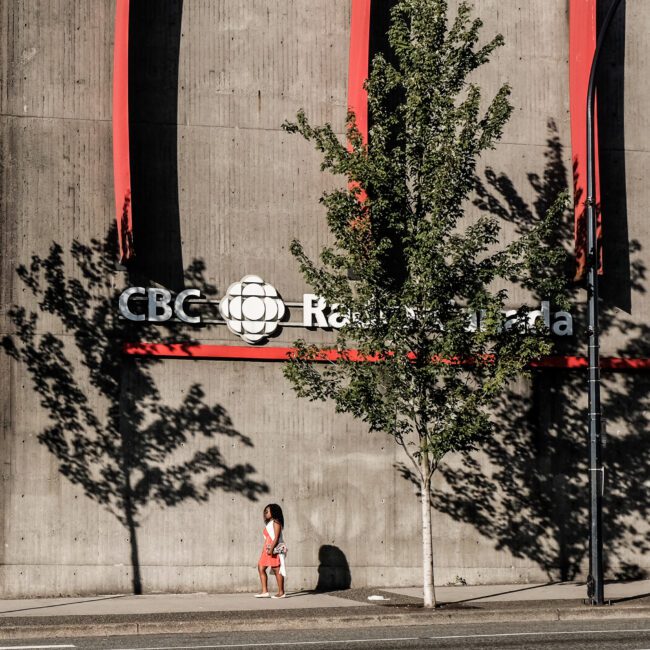
Take Pictures of Street Musicians (Buskers)
Buskers are used to having their picture taken. However, busking is how they earn a living!
So, before you start to shoot, drop a couple of bucks into their hat, making sure they notice you doing so. Now you can shoot away to your heart’s content. Take your time, shoot from different angles, and play with the light. If the entertainers have a card, take it and tell them you will send them some images when you are done.
Shoot From Behind Glass
Many novice street photographers have a fear of being confronted by their subjects. Try shooting into a building from the street. The safety of the window gives you a bit of perceived protection! Remember though, if you get caught, make sure to smile!
Photograph the Backs of People
Who says that you need to see your subject’s face? Shooting from the back is a great way to photograph without being seen. Look for characters wearing interesting clothing and hats.
Photograph Street Animals
Who doesn’t love a good shot of a dog or a cat? Furthermore, shooting street animals often leads to conversations with their owners, making an excellent segway into shooting a street portrait too! When photographing animals, don’t forget to get down low. A close, wide perspective makes for far more interesting shots.
Set the Stage
I use this technique when I find an interesting background and good light. I take the time to watch people come and go and observe how the light hits them, or how a certain background element interacts with them. Once I understand the scene and know what I want to capture, I frame up my image. I pre-focus where I want my subject to be, and then I wait for the right person to enter my stage.
Patience is key here. I don’t click the shutter button when just anyone walks by. I wait for the right person. Maybe they are wearing a fabulous hat, or their coat is flowing behind them. Resist the urge to fire at anything that moves. Be deliberate in what you capture.
Capture Silhouettes
Capturing silhouettes in street photography is a great way to anonymously capture subjects. Look for strong backlighting or a bright window to act as a background and wait for a subject to pass in front of it. Use your exposure compensation to underexpose your image or spot meter on the light source.
Both these techniques will throw your subject into shadow while correctly exposing your background. Take care not to overlap the silhouetted elements in your frame so that you capture clearly defined subjects. And once again, be patient. Wait for interesting characters to walk into your image. Silhouettes can be a lot of fun, so experiment with this technique.
Use Contrasty Light
Most photographers tend to hang up their gear when the light is harsh. However, this is a great time to play with light and shadow in street photography. Look for pockets of light and observe how the light plays off people walking in and out of it. Look for pops of color coming out of the darkness. When you are shooting in these conditions, pay careful attention to your exposure. Use your exposure compensation to dial back a stop or two to ensure that your subject is correctly exposed as they step into the light.
Wait for the Decisive Moment
Henri Cartier-Bresson, the father of street photography, said in an interview with the Washington Post, “There is a creative fraction of a second when you are taking a picture. Your eye must see a composition or an expression that life itself offers you, and you must know with intuition when to click the camera. That is the moment the photographer is creative. Oop! The Moment! Once you miss it, it is gone forever.” Capturing the decisive moment takes a bit of luck, quick reaction time, and a good knowledge of your camera.
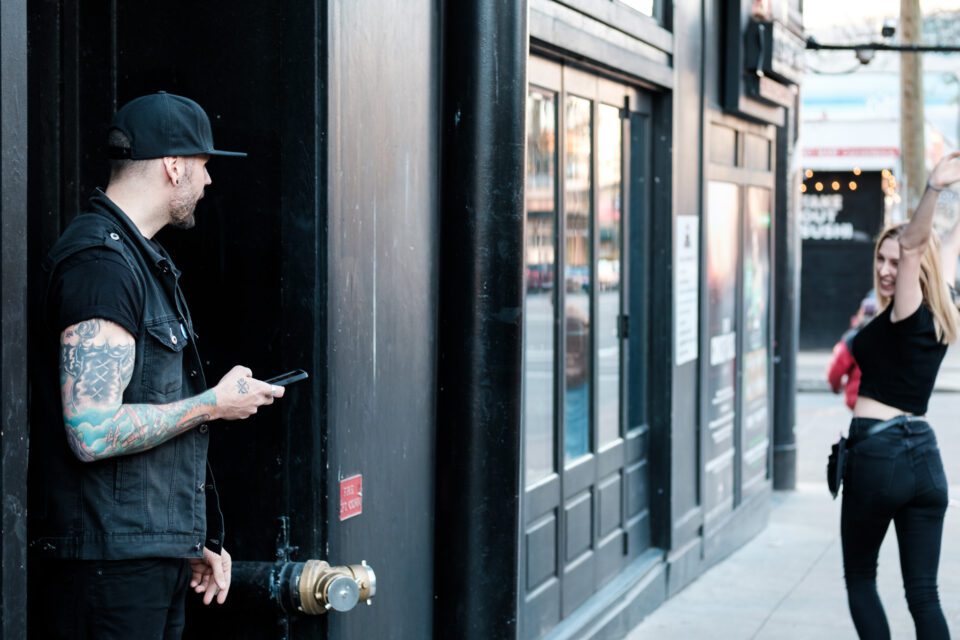
Learn the Right Way to Approach Strangers
A word of warning, making street portraits is addictive! I remember being so nervous when I made my first portrait of a stranger. But once I had the image I was on a natural high! I think I asked another half dozen strangers that afternoon if I could make their portrait!
The key to getting permission to take a stranger’s picture is flattery. Don’t go racing towards someone, camera waving, yelling, “Hey, can I take your picture?” No, approach them with your camera at your side. Tell them that you love their smile or the way their hair is being backlit in the afternoon sun. Talk to them and let them know that you are a street photographer documenting life in your town. Once you have established a rapport, then ask them, “Would you mind if I make your portrait?” I have found that by using this approach, nine times out of ten I get my shot.
Here are a couple of things to keep in mind when you are creating street portraits. Firstly, as I have already pointed out earlier, make sure to have your camera settings prepared before you approach someone. You do not want to be fumbling around with your camera when they say yes. Also, take your time.
Once someone has given you permission, they are usually open to having several shots taken. If the light isn’t right, ask if they would mind moving a bit. After you capture their image, show it to them on the back of the camera to get their feedback and reaction. Many will be psyched to see themselves captured with a nice camera, and will be willing to pose for more shots if needed. And lastly, offer to send them an image. I keep my business cards with me for just that reason.
Show Gratitude
Don’t shy away from complimenting and thanking the person who agreed to be your subject. This is the least you can do. You can certainly walk away by thanking your subjects, but do give them an opportunity to see the photos you’ve taken by offering them your business card.
Some people will actually contact you to get the photos. And if the subject loves their photo, they might contact you in the future for their photography needs.
Taking street portraits is extremely rewarding and a great way to meet wonderful people. Give it a try, but remember my warning!
Street Photography FAQ
To get started in street photography, all you need is a camera (any modern camera, including a smartphone, will do), and public space to photograph. Start with a busy location with lots of people, and see if you can find something or someone interesting. Observe people’s behavior and appearance, and aim to showcase a clearly defined subject to the viewer. Watch for patterns, textures, lines, and always try to take advantage of available light to bring out your subject(s) in the best way possible. Use compositional rules to position your subject, and watch out for distractions that might take away the viewer’s attention.
Good street photography showcases the lives and the emotions of people at a given moment of time. They show clearly defined subjects, tell their story, as well as bring emotions to the viewer. If a photograph is able to make the viewer pause and ask questions, it is often considered to be a successful street photograph.
That’s up to the photographer to decide. While some photographers might argue that street photography has to show people, others believe it is perfectly OK to photograph public spaces by themselves without anyone in them. Personally, I take a more laid back approach. While I believe that street photographs do not need people, they do need the suggestion that someone was there.
Street photography offers many different opportunities to practice creativity, as well as a chance to document the lives of people and their surroundings. Many photographers find street photography to be rewarding because it is their way to showcase different moments of time.
In most countries, photographing public space is perfectly legal. In the USA, it is legal to photograph any subject within the public space without needing their consent. However, one has to exercise caution and understand local laws and regulations, as well as consider photography ethics when doing street photography.
Unless you are on private property, or there are specific rules for the public space you are in (such as “no photography” signs, etc), photographing random subjects is not illegal.
Most countries do not require model releases for street photography. In the USA and Canada, you do not need a model release, as long as the person is within public space. It is always a good idea to review the local rules and regulations before doing street photography, as they might vary by country, and sometimes even by region.
Conclusion
When you first venture into street photography, don’t get too hung up on the definition. Instead, record street life from your own unique perspective. Experiment with different focal lengths, until you find one that resonates with you. Play with light and how it illuminates your subjects. But most of all, have fun.
If you want to hone your photographic skills and are up to the challenge of capturing emotions, gestures, and moments in time that tell a story, then give this genre of photography a try. If you do, you will find that capturing life on the streets in ways that make the everyday seem extraordinary is extremely rewarding. Additionally, you will find that your photographic skills improve! Consequently, the things that you learn shooting street can be applied across the other genres of photography that you like to shoot.

